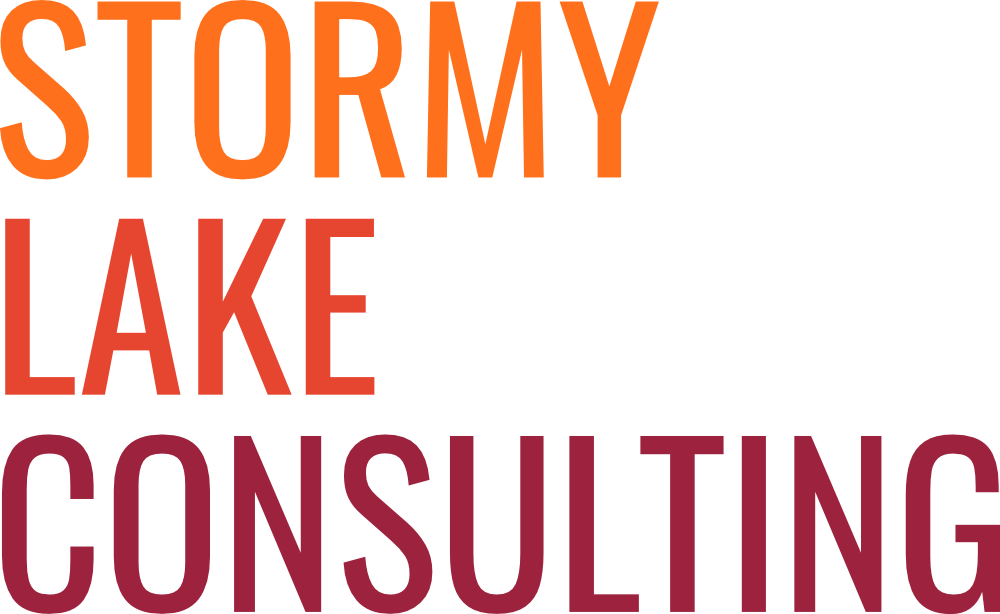The Thankful Weekly Update
It’s World War II and you’ve been challenged with a problem. Too many planes are heading out over Europe and not returning. The ones that return are riddled with bullet holes.
You’ve tried putting heavy armor all over the planes, but then the planes are too heavy to fly. You’ve tried concentrating armor where the planes appear to be getting hit – over all those bullet holes, but the planes still don’t return.
So you do the obvious thing in this situation, you call a math genius for help.
Abraham Wald was a brilliant mathematician and he quickly saw through the paradigm of trying to get the same protection with less armor by concentrating the armor on the places with the greatest need – where the planes are getting hit the most.
The armor, said Wald, shouldn’t go where the bullet holes are. It goes where the bullet holes are not: on the engines, the cockpit and just in front of the tail.
Wald’s insight was simply to ask: where are the missing holes and what does that mean? The missing holes were on the missing planes. The reason planes were coming back with fewer hits to the engine is that planes that got lots of hits in the engine weren’t coming back at all. Whereas the large number of planes returning to base with a thoroughly Swiss-cheesed fuselage is pretty strong evidence that hits to the fuselage can (and therefore should) be tolerated.
Wald was able to see through the survival bias - concentrating on the people or things that made it past some selection process and overlooking those that did not, typically because of their lack of visibility.
(The other serious threat on a plane? Snakes. Enough said.)
The survival bias has real-world applications.
We were hired to study the behaviour of exceptional front-line bank employees to see what made them earn their outstanding customer satisfaction ratings. After spending a few days in the branches, we noticed that both great tellers and good tellers were friendly, welcoming, efficient and engaging. That wasn’t the difference.
One of the significant differences was eye contact. A typical teller looks at you when you are at the front of the line and gestures for you to approach. A great teller greets you with their eyes when you enter the bank. You feel welcomed and have a personal connection from 20 – 30 feet away. It was only by noticing what the average employee did not do that we found a very trainable insight.
Organizations frequently conduct best practices analysis to figure out how to adopt and adapt what made similar organizations successful. That gives us some helpful information. What we should add to the process is finding organizations that failed and then figure out how not to do what they did. It’s more work. It’s also more important.
Most of us are expert at seeing what is missing in day-to-day life when we interact with the people we care about. We’ll notice when they smile and when they didn’t smile. We’ll notice when they answer smoothly and when they hesitate. We’ll notice them choose their words carefully and pay attention to the words they didn’t use. We see them laugh, but not deeply.
The next time you are working on a strategic challenge, spend some time thinking about what is not in the information and what might have prevented it from getting there. And think about Abraham Wald.
What is going to be missing this weekend for many of us is our Thanksgiving family. Hopefully we can keep up our rituals (see last week). We’re always curious about what’s on people’s plate, so we conducted a census of our team. (By census we mean that everyone answered the questions. Otherwise it would have been a survey with a very high margin of error.)
We seem to like roasting vegetables. All vegetables.
Of course, no Thanksgiving research is worth reading without a pie chart:
As we gather with our family and loved ones this weekend, let’s also remember to give thanks to the land that nourishes us and all who care for it.
And don’t forget the cranberry sauce. Except, Bob says, if you’re eating Beef Wellington. Or if you have a moral objection to matching fruit with protein. (Really, Nicole?)
Stay safe.



